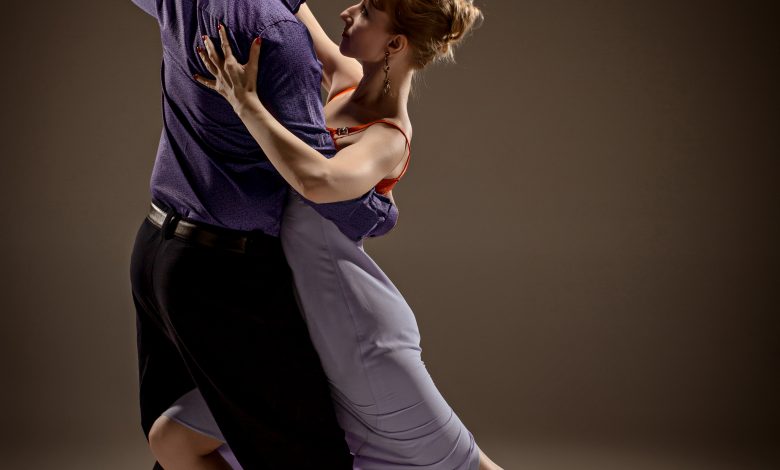Argentine Tango Disassociation

Disassociation. The word ‘dissociate’ means “to break or cause to break the association between people, places, or things”. Disassociation in Tango isn’t that far from it’s dictionary definition. Tango Disassociation refers to the top half of the body (head, chest, arms, and shoulders) rotating to the left or to the right, as one unit, independently of the lower half of the body (hips, thighs, knees, ankles, and feet). This disassociation is a precursor to many circular or rotational steps in tango. For example, it is used in Forward or Back Traveling Ochos, Forward or Back Circular Ochos, Forward or Back Over-Rotated Ochos, the Lead’s or Follower’s Molinete, and certain Circular or Over-Rotated Sacadas.
The disassociation should not be mistaken with a Pivot. It is not a Pivot. It is a rotational motion to the left or the right around the spinal column of the torso of the dancer, nothing more than that.
Both the leader and the follower engage in Disassociation. However, the Follower typically uses this idea more than a Lead.
Tango Disassociation is a skill that all tango dancers need to develop and use on a regular basis however it is often overlooked and underused and yet it is a skill that sets a more advanced dancer apart from those less experienced. There is a proper technique for the development of the disassociation, which starts with learning to rotate the chest and torso independent of the hips. This motion builds up torque around the lower spinal column, and that build up is required because later in a sequence of dance steps it is going to be released as ‘Applied Disassociation’ in Ochos, Molinetes, and Circular Sacadas.



